Description
Product Information
The CO2 Analyzer is a CO2 measuring device for desktop use. The carbon dioxide meter measures the CO2 content in the air and shows the measured value on a large LC display. The CO2 content in the air is an important measure for checking the ventilation behavior in offices, classrooms, lecture halls, etc. The CO2 / carbon dioxide measuring device helps to ensure that, for example, there is regular ventilation for employees in the office. The CO2 / carbon dioxide measuring device checks indoor air quality via the CO2 content. If the CO2 concentration is below 1000 ppm, the indoor air quality is optimal. Good indoor air quality helps to promote concentration. It is also ensured that the aerosol concentration in the air is low, as the aerosols are repeatedly mixed with fresh air. The CO2 / carbon dioxide measuring device shows the air quality as a numerical measured value and as a traffic light indicator. At the push of a button, the CO2 content of the last five hours can be shown on the display. In addition to the CO2 measuring function, the CO2 / carbon dioxide measuring device is equipped with a sensor for temperature and humidity.
The sensors for monitoring the air quality are subject to different requirements than those in industrial or scientific laboratory use. The focus is therefore on sensor properties such as high long-term stability, low maintenance and low energy consumption. This is fulfilled by the indoor air quality measuring device with its NDIR sensor. The non-dispersive infrared (NDIR) absorption measurement enables precise and long-term stable measurements with an absolute measuring range of up to 5000 ppm.
Technical Details
– Large CO2 measuring range up to 5000 ppm
– Maintenance-free NDIR CO2 sensor
– Traffic light function for carbon dioxide
– Measures temperature and humidity
– 5 h graph for long-term monitoring
– Battery and power adapter operation
– 4.3″ graphic display
– Date and time display
Frequently Asked Questions
What is a normal AQI?
The Air Quality Index ( AQI) can be categorized from Good to dangerous. AQI would state as Good when the range is between 0 to 50. When the AQI is between 51 to 100, it will state Moderate to alert us that the air quality might cause health concerns for certain group of people.
AQI:
| 0-50 | Good |
| 50-100 | Moderate |
| 100-150 | Unhealthy for sensitive groups |
| 150- 200 | Unhealthy |
| 200- 300 | Harmful |
| 300- 500 | Dangerous |
What is a healthy humidity level?
In general, the relative humidity value is 50%, but the optimal value is different in every room. The value in living, sleeping and working rooms should be between 40-60%, in the kitchen between 50-60% and in the bathroom between 50-70%.
What is PM 2.5 and how different it is from PM 10?
Particulate matter (PM) refers to tiny particles or droplets in the air with a diameter of 2.5 micrometers or less. PM 2.5 are so tiny that they can enter the Bronchia and the Alveoli, while the PM 10 can only reach the nasal cavity, its just the matter of the size between PM 10 and PM 2.5. Both can be associated with health concern issues, since the particles are so small that can transmit deeper into our respiratory system.
When is a safe level of CO²?
When the CO2 level< is at under 1,000 ppm it will be categorized as Good. As long as CO2 level is under 2,000 ppm it will still be categorized as normal. However, when the CO2 level is over 2,000 ppm then it might be cause headaches, sleepiness, and feeling of stuffy air.><
What is CO² ppm?
The carbon dioxide (CO²) concentration is measured in ppm. Ppm is the abbreviation for “parts per million” i.e. 1 ppm = 1 times 10-6. Carbon dioxide levels can rise very quickly in poorly ventilated rooms.
What is VOC (Volatile Organic Compounds)?
VOCs are volatile organic compounds that are usually used for indoor air quality assessment, for which there are recommendations from the Federal Environment Agency (Umweltbundesamtes) with regard to the maximum values. VOC are gaseous and vaporous substances of organic origin in the air at room temperature or higher temperatures. VOCs include aldehydes, alcohol, hydrocarbons, benzene, but also many other organic compounds that are formed in biological processes. These numerous individual compounds can occur together in the air.
Sources:
https://www.umweltbundesamt.de/themen/gesundheit/umwelteinfluesse-auf-den-menschen/chemische-stoffe/fluechtige-organische-verbindungen#fluchtige-organische-verbindungen-voc-
What is TVOC?
TVOC – Total Volatile Organic Compounds
.
TVOC can be explained as all the VOCs added up together. To be simple, TVOC are a group of thousands of organic chemicals that evaporate at low temperatures.
What is an Air Quality Monitor?
The Air Quality Monitor is a multifunctional product which can detect:
- Carbon dioxide (CO2 )
- Total Volatile Organic Compounds (TVOC)
- Particulate Matter 2.5, 1.0, 10
- Air quality index
- Temperature
- Humidity
. The air quality detection device, combines multiple air sensors with a built-in fan to allow real-time monitoring of Carbon dioxide (CO2 ), Total Volatile Organic Compounds (TVOC), PM 2.5, PM 10, PM 1.0, temperature and humidity on its digital LED display.
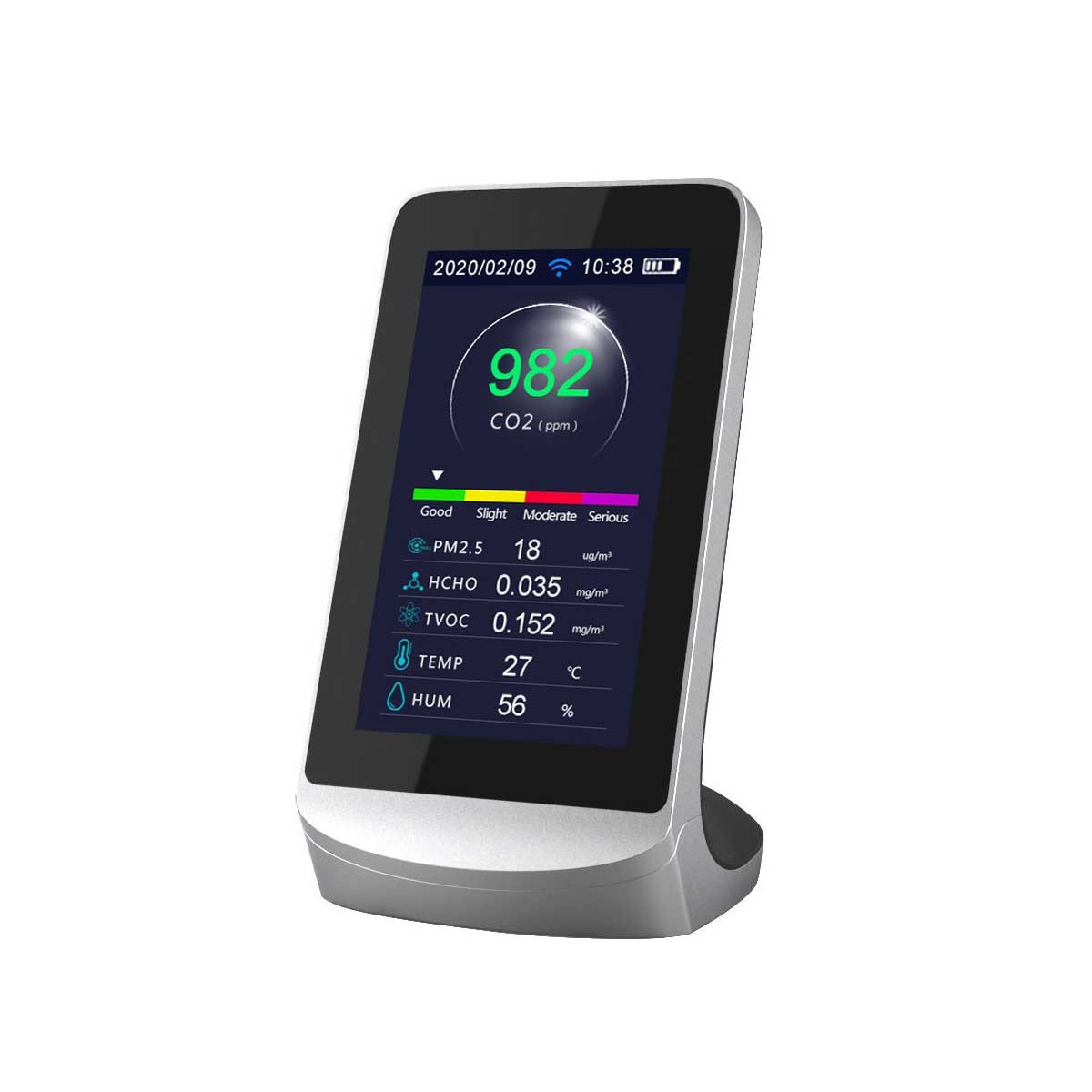
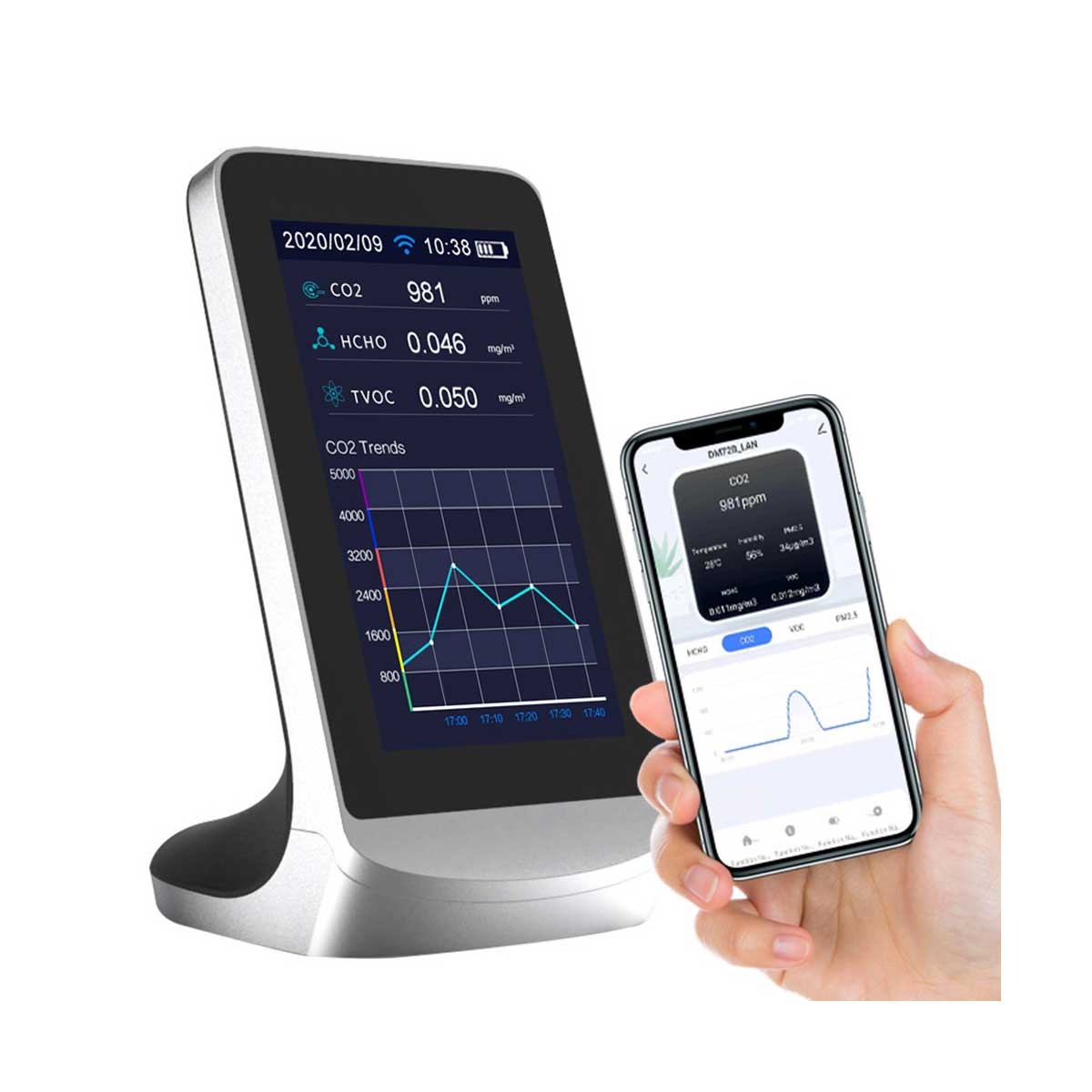
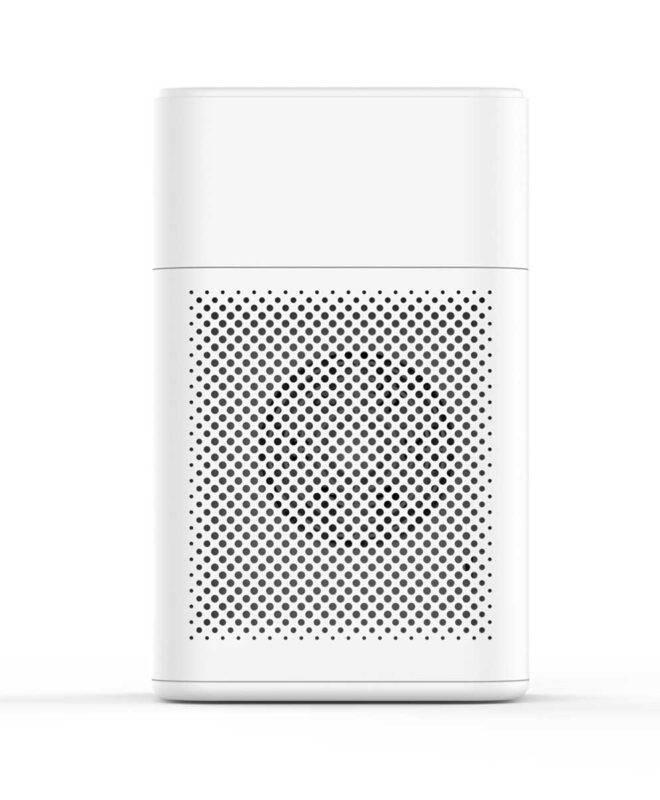
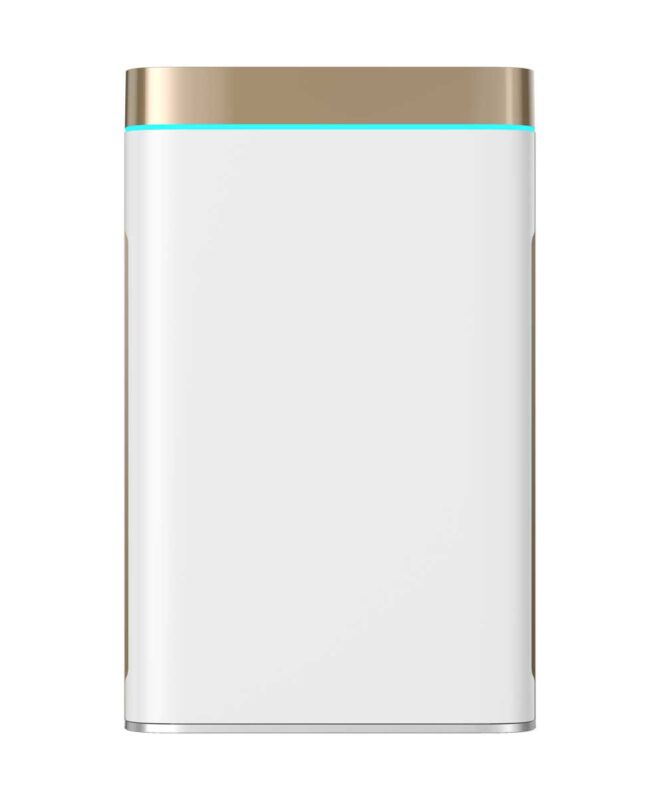
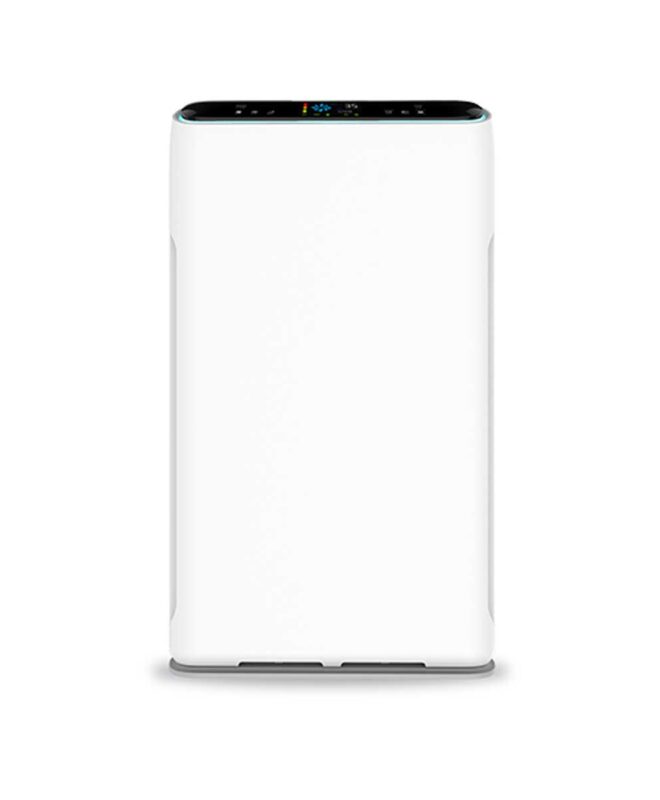
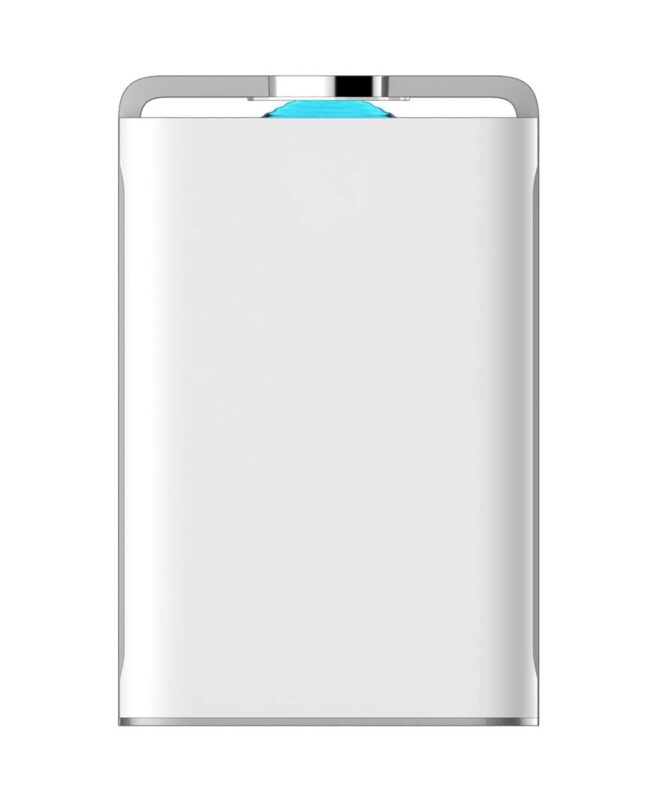
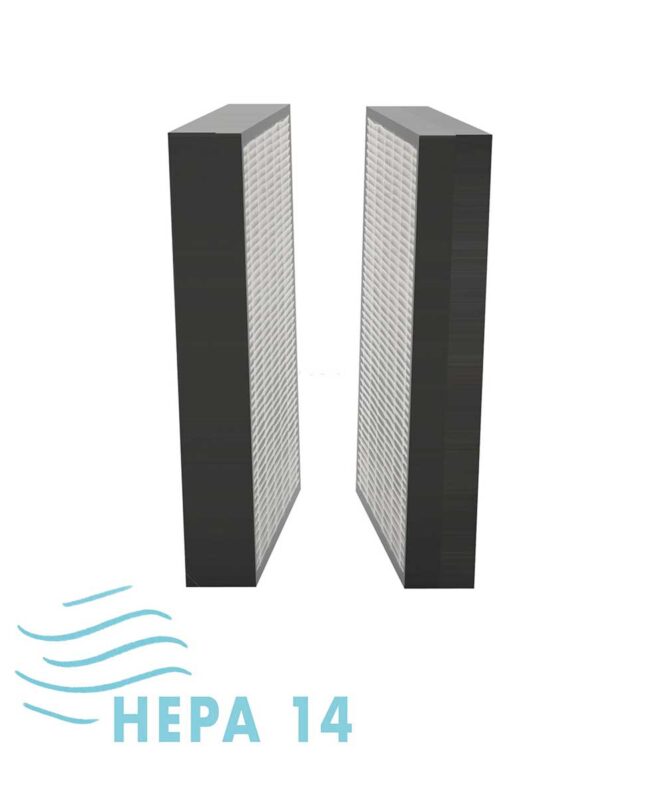
Reviews
There are no reviews yet.